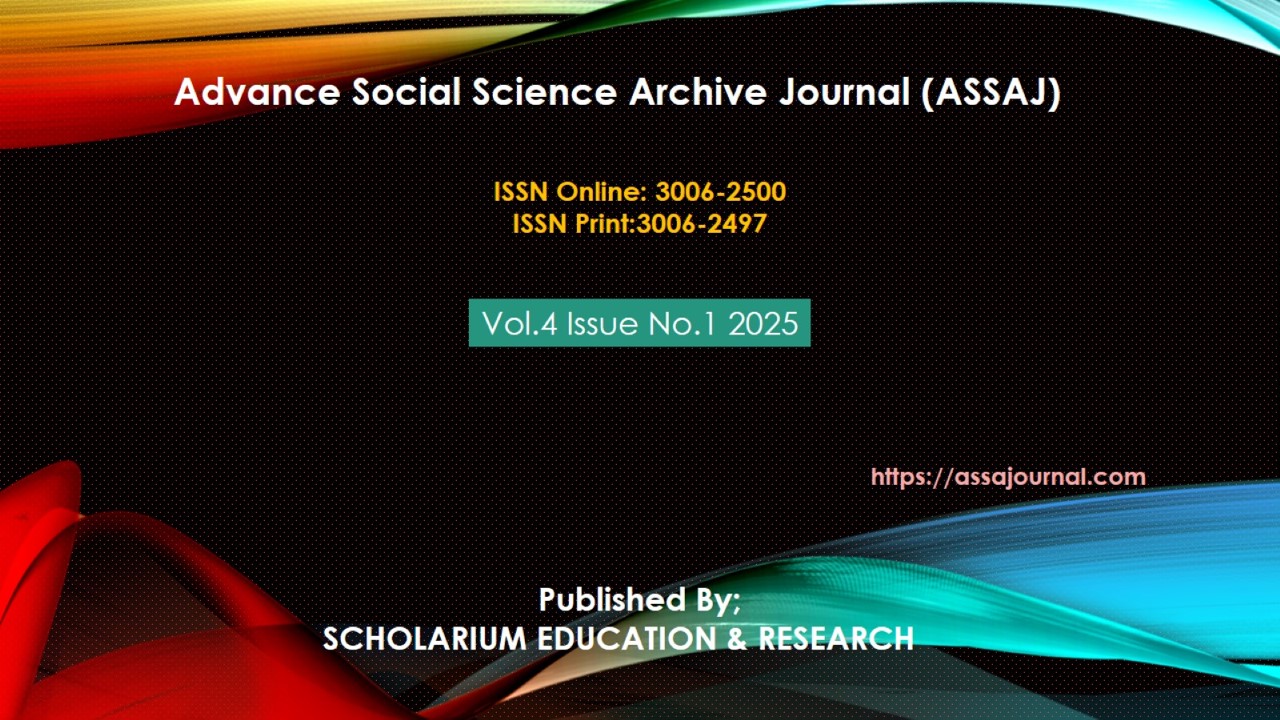Stylistic patterns of Naturalism: A Linguistic Study of Emile Zola’s Thérèse Raquin
Abstract
This research article investigates the stylistic patters of Naturalism as presented in Emile Zola’s masterpiece novel Thérèse Raquin (1867). Naturalism, a late 19th century literary movement emphasizes on the role of heredity and environment in shaping human behavior. This movement sought to apply scientific principles of objectivity, determinism, and heredity to fictional narratives, often presenting bleak and sordid realities of life. The study employs a linguistic stylistic analysis to identify and categorize the specific language features that contribute to the novel’s Naturalistic demands. The research focuses on lexical choices, syntactic structures, and rhetorical devices to show how Zola’s language constructs a world before his readers where human beings are governed by their biological instincts and environmental forces, rather than free will and free choice. The findings reveal that the style of the novel is characterized by a detailed, clinical vocabulary; a frequent use of dispassionate, observational descriptions; and a consistent use of metaphors and similes which presents various characters in the novel product of their animalistic natures and social conditions.
Keywords: Naturalism, stylistics, determinism, heredity, environment, Zola, lexical analysis, syntax, rhetoric, animalization





